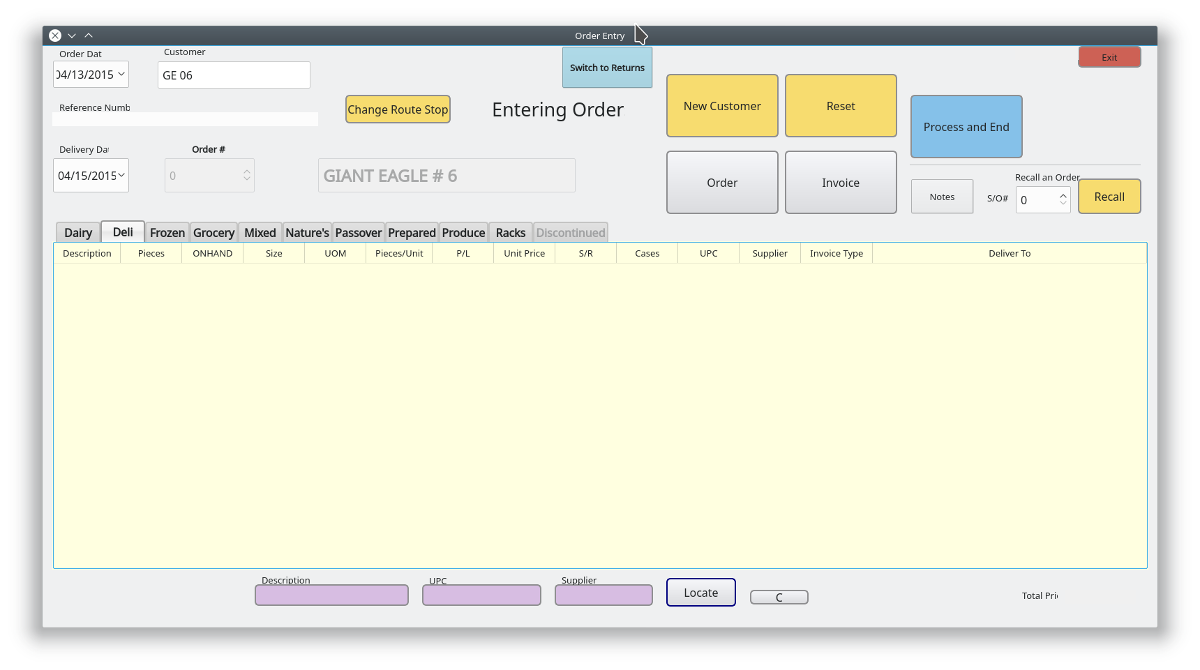The selection of the tools we use has been driven by the objectives we intend to achieve for our clients.
The images shown here demonstrate one of those objectives. In the last two decades of the 1900's workstations with graphic user interfaces
(windows) came to dominate the business workplace. Software development tools had to play in this environment. The images are from a program
written around 2010 which runs natively in the then three most common desktops.
The advent of the readily available Internet in the first
decade of the 21st century opened an era in which business software continues to evolve. In the following decade, a new kid on the block,
Android, usurped the number one position worldwide in installed computer operating systems.
The tools below were selected to
address these varied challenges.



